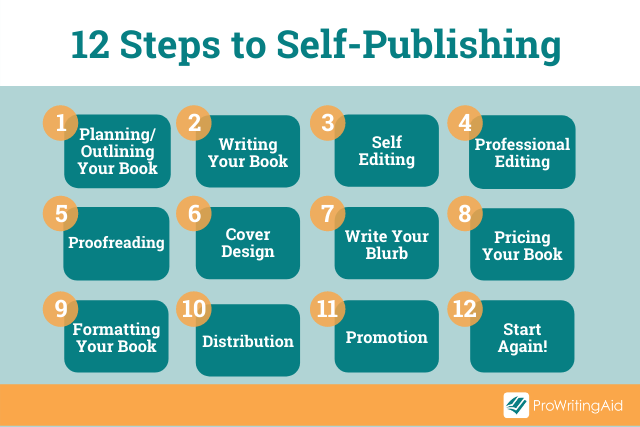The publishing industry has undergone major changes recently due to the emergence of self-publishing. Authors can now manage their work independently and access worldwide audiences without traditional publishing limitations. The article examines all aspects of self-publishing including its process and benefits compared to traditional publishing while providing tips for effective marketing and platform selection with insights into its challenges and rewards.
The process of self-publishing a book requires multiple essential steps like writing the content, editing it, designing the book’s appearance, and planning marketing strategies. You should finish your manuscript to the highest standard you can achieve at this stage. Professional editing becomes essential after completing your writing to make sure your book reaches its polished state and contains no mistakes. Complete the editing process before creating a reader-friendly cover and layout for your book. Your last tasks include selecting a publishing platform and getting your book ready for distribution.
Authors who self-publish benefit from greater creative control together with higher royalty earnings and quicker publication timelines. Self-publishing brings potential obstacles like initial expenses, dependency on robust self-promotion efforts, and the absence of industry connections and resources that traditional publishing houses offer. Traditional publishing provides both editorial assistance and extensive distribution opportunities but comes with slower timelines and restricted creative freedom.
The success of a self-published book depends on strong marketing efforts. A strong author platform requires the strategic use of social media platforms along with personal websites and email lists. When you network with fellow authors and connect with readers via book signings and online events your book will gain more exposure. Expand your readership by purchasing ads on popular websites and social media platforms such as Amazon and Facebook.
The multitude of responsibilities required in self-publishing creates a challenging situation for authors. Authors need to handle all aspects of publishing including both editing and marketing when they choose to self-publish. Authors who choose self-publishing face many challenges but they earn creative freedom and higher earnings alongside the satisfaction of their work appearing exactly as planned.
Multiple self-publishing platforms exist that offer their own unique features. Amazon Kindle Direct Publishing (KDP) stands out as the most popular publishing platform because it delivers wide distribution alongside competitive royalty rates. Smashwords along with IngramSpark and Lulu offer authors alternative distribution paths and pricing structures. Evaluate the distribution reach and royalty rates together with user-friendliness to make a smart platform choice.
For successful self-publishing you need to produce high-quality content and invest in professional editing and design while building a solid marketing strategy. The success of your book will be greatly affected by how consistently you market your work and engage with your audience. Valuable insights can be gathered by studying successful self-publishing authors while keeping up with current industry trends.
Authors encounter both difficulties and prospects when they choose to self-publish their works. Authors who comprehend publishing processes and utilize existing platforms and methods can effectively launch their books into the market. Dedication alongside adaptability and perseverance forms the foundation for success in both self-publishing and traditional publishing endeavors.
